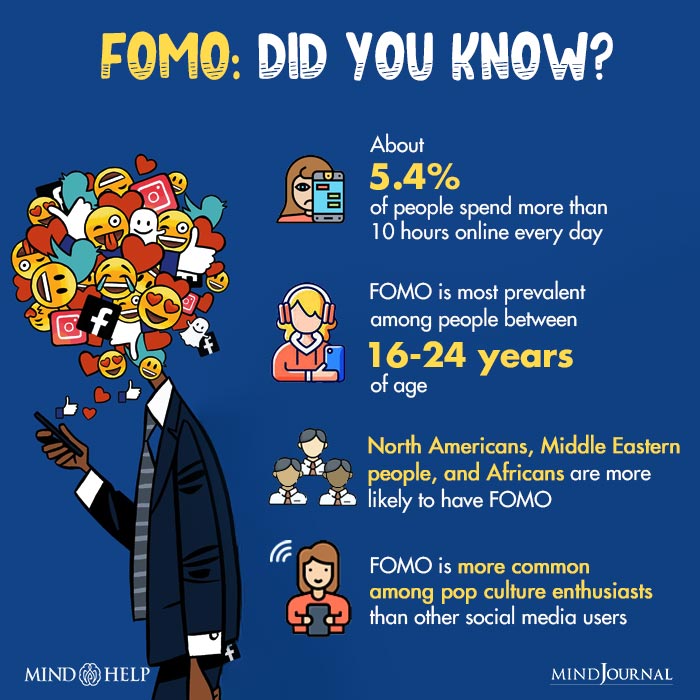Worried About the Next Devastating Hurricane? Change Your Eating Habits
April 26, 2021
Climate change – by now we are all familiar with the term. We have witnessed fierce storms, rising seas and devastating wildfires. Scientists tell us that unless we act now to curb the amount of carbon dioxide, methane and other gases being released into the atmosphere, these incidents of catastrophic weather occurrences will increase in both intensity and frequency.
Unfortunately, even among those who care about this issue there is a vague sense of helplessness. You may think – I am just one person. How can one person take meaningful steps to fight climate change? Perhaps we need to rephrase that question and ask ourselves, how can I stop contributing to climate change? Because the truth is, the food choices we make every day impact climate change and decide if we are part of the problem or part of the solution.
What you need to know
Carbon dioxide is often the “star” of climate change discussions. But another gas, methane, is also a big player. Methane is a greenhouse gas that is 23 times as warming as CO2.. While methane stays in the atmosphere for a shorter period, it is much more powerful, trapping more heat than carbon dioxide, and doing it faster.
A significant source of methane is gas from cows. There are currently 1.4 billion cows raised for beef and dairy worldwide, occupying 30 percent of the earth’s land. One Danish study determined that the average cow produces enough methane per year to do the same greenhouse damage as four tons of CO2.
According to FAO (Food and Agricultural Organization of the United Nations) “Animal agriculture is responsible for more greenhouse gas emissions than every car, bus, train, boat, airplane, and any other mode of transportation on the planet combined.”
You read that right – methane is responsible for more emissions than all modes of transportation combined. To accommodate a growing demand for beef, milk, and other dairy products, most of those 1.4 billion cows are raised on factory farms. These farms maximize the number of cows per pen and per area to allow for automated feeding and waste removal. Cows are fed diets of grain because there is not enough space for grazing on grass. This diet contributes to an increased demand for land because not only do factory farms take up a large amount of space, but a lot of land is also needed to grow feed for the cows raised on these farms.
And speaking of grain, about one-third of all grain grown worldwide is fed to cattle. It takes more than 17 pounds of grain feed to produce 2.2 pounds (1 kg) of beef. Also, 972 gallons of water is used to produce 2.2 pounds (1 kg) of beef. That means for your average quarter-pounder at the golden arches, 450 gallons of water had to be consumed.
To narrow this further, there are approximately 270 million dairy cows in the world. In the United States alone, 34 million acres of land are devoted to growing feed for dairy cattle. Each cow consumes 100 pounds of food per day and produces 17 gallons of manure and urine. A farm with 2,500 dairy cows produces the same amount of waste as a city of 411,000 people. For each one gallon of milk produced, the cow consumes 144 gallons of water. Environmentally, each dairy cow is the equivalent of driving an average car 8000 miles per year.
Animal agriculture also contributes to species extinction. In addition to the monumental habitat destruction caused by clearing forests to grow feed crops and for animal grazing, predators and “competition” species are frequently killed because of a perceived threat to livestock profits. The widespread use of pesticides, herbicides and chemical fertilizers used in the production of feed crops poisons waterways. The negative impact of animal agriculture on our environment cannot be overstated.
What can be done?
“This may surprise you, because it surprised me when I found out, but the single biggest thing an individual can do to combat climate change is to stop eating animals.” — James Cameron
Reducing consumption of meat, eggs, and dairy products is critical to control emissions from animal agriculture, especially as we move to the future. A study in the Proceedings of the National Academy of Sciences projected a 39% rise in emissions from animal agriculture by 2050 and advised Individuals to choose plant-based foods.
The actor Juaquin Phoenix, a climate change activist, spoke on how we can help: “Today, make a choice about what you consume. One thing you can do, I can do, is change my eating habits. I think that when we use love and compassion as our guiding principles, we can create, develop, and implement systems of change that are beneficial to all sentient beings and to the environment.”
It is estimated that plant-based eating would cut food-related emissions by 70 percent. Harvard researcher Dr Helen Harwatt said, “Given the livestock sector’s significant contribution to global greenhouse gas emissions and methane dominance, animal to plant protein shifts make a much-needed contribution in reducing warming, while providing a suite of co-benefits.”
So, the answer is simple. If you care about the environment, if you want to be a part of the solution instead of part of the problem. adopt a plant-based diet or at the very least, reduce consumption of meat and dairy and explore the many options now available for plant-based eating. Fewer people eating meat means fewer cows raised for food, less methane gas in the atmosphere, and fewer animals enduring factory farms.
“By eating meat, we share the responsibility of climate change, the destruction of our forests, and the poisoning of our air and water. The simple act of not eating meat will make a difference in the health of our planet.” — Thích Nhất Hạnh
Need help getting started?
Beginner’s Guide to a Plant-Based Diet: Food List, Meal Plan, Benefits, and More | Everyday Health (Links to an external site.)
https://www.farmsanctuary.org/handy-guide-to-plant-based-diet/ (Links to an external site.)
https://www.humanesociety.org/sites/default/files/docs/plant-based-meals-guide.pdf (Links to an external site.)


























